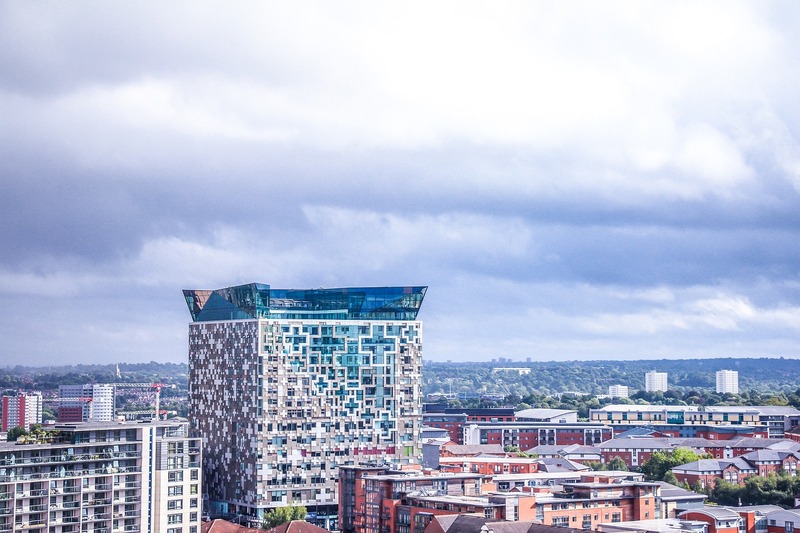Birmingham has a rich industrial heritage that deserves to be preserved. As people move away from city centres as a hub of activity, some of its most striking buildings are lacking purpose. That shouldn’t mean they are dead and buried, only fit for demolition. Read on as we provide three Birmingham landmarks that could benefit from repairs and a new lease of life.
Odeon Queensway

The Odeon Queensway is often discussed when the city centre is brought up. The Queensway was originally built as the Scala Superama Cinema in an office block named Scala House. Opened in the mid-sixties, it later incorporated the cinema next door and became the larger Queensway Cinema. Now derelict, it is rumoured that the original seating from the cinema are still housed in the boarded-up building.
The shape and location of the building would make it perfect for a casino complex, along the lines of a scaled-back Las Vegas-style inclusive resort. Big enough to hold a casino, hotel and restaurants, it could be a landmark of the city centre. The industry has grown hugely in recent years due to the expansion of the iGaming sector. By providing convenience and great bonuses like free slot spins, huge growth has taken place. Instead of turning people away from visiting physical locations, it has complemented them. Thus, people who understand casino games from playing online want to visit locations like. This would have a huge impact on employment, tax revenues and retail sales in Birmingham city centre.
Highbury Hall
Located on Yew Tree Road, three miles outside the city centre, Highbury Hall was constructed in 1876 for Joseph Chamberlain. This politician set it in lush, lavish grounds, both secluded and within reach of Birmingham. While it still operates, its upper floors are no longer used and the façade is beginning to fall into disrepair.
Highbury Hall is not open to the public. It can be used for private hire, so is a great location for a wedding or corporate event. As a country retreat, it could be so much more. Health and wellness are huge and a location of this beauty away from the hustle and bustle of the city would provide an excellent setting for spa treatments and spiritual getaways.
Perrot’s Folly
To some, Perrot’s Folly may seem familiar, as it was rumoured to be the inspiration for the towers in J.R. Tolkien’s Lord of the Rings. To others, it may just seem like an anomaly, being a 96-foot-tall tower overlooking Rotton Park’s inner-city landscape. Built in 1758, no one is quite sure of its original purpose.
It’s had recent updates but its roof and plaster still need repairing. While it has housed galleries and exhibitions, it is unknown why it is not used as a more permanent space, ideal for showcasing the work of local artists.
There are many more, from pubs to schoolhouses. Part of the issue is not the renovation, but finding a use afterwards in an ever-changing world. For Birmingham to retain its unique architecture and history it must be saved at all costs.
